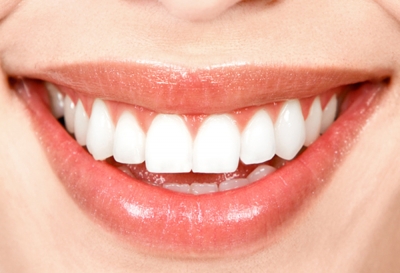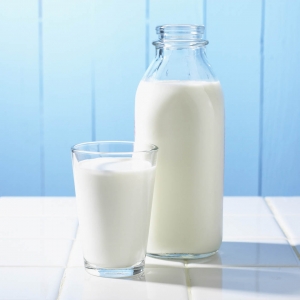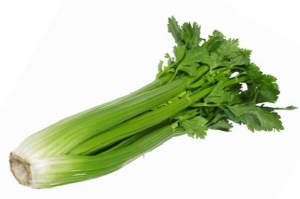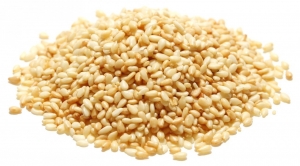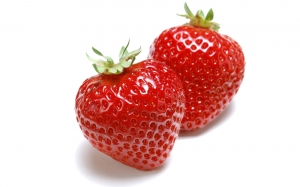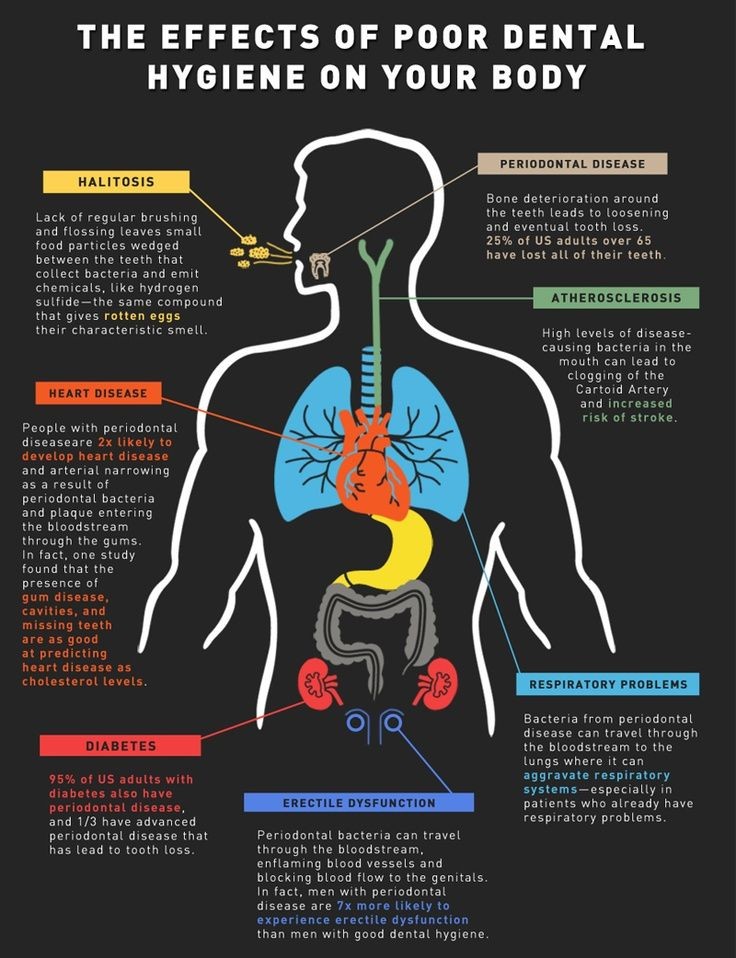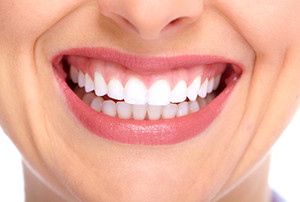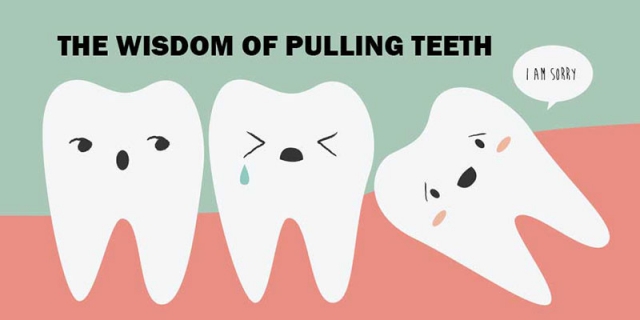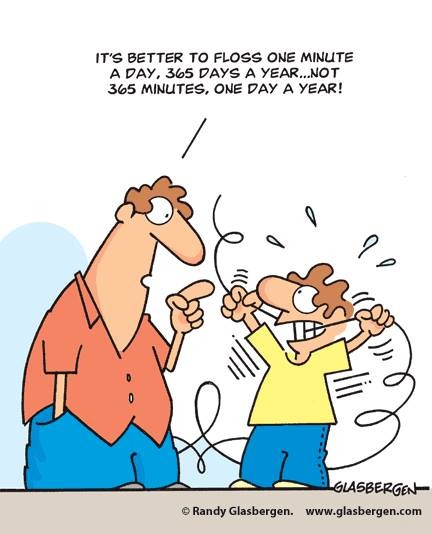Gum Disease: What Are The Stages?
Did you know 7 out of 10 Canadians will have gum disease during their lifetime?
In fact, it’s the most widespread oral disease in Canada. Gum disease can start out painlessly but can quickly become a serious problem if left untreated.
If you think you have gum disease (and even if you don’t) it’s important to get the facts so you know what you’re dealing with.
What is gum disease?
Gum disease (also known as periodontal disease) is a bacterial infection that affects your gum and bone tissues that keep your teeth in place. The bacteria in plaque slowly build up on your gums and teeth and if not removed can harden and turn into tartar. As gum disease becomes more serious, it can cause your teeth to become loose and painful and eventually fall out.
Gum disease progresses in 3 main stages:
Stage 1: Gingivitis
The earliest stage of gum disease occurs when the gums become inflamed as a result of plaque buildup. If the plaque isn’t removed (by daily brushing and flossing) it can infect your gums and cause gingivitis. Symptoms include bleeding and sensitive gums. This stage of gum disease can be easily treated since it only affects the gums and not the bone tissue that supports your teeth.
Stage 2: Periodontis
If gingivitis is left untreated, it can lead to the more serious stage known as periodontitis. At this stage, your gum and bone tissues supporting your teeth are affected. Pockets will begin to develop below your gum line where plaque and food debris can get trapped. Proper oral hygiene and professional dental care can help stop further damage to your oral tissues.
Stage 3: Advanced Periodontis
During this stage, your gum and bone tissues are so damaged that they can’t support your teeth anymore. This causes your teeth to shift and loosen. Teeth may even have to be removed if the damage is severe enough.
Signs and Symptoms
Even though gum disease mostly affects adults, children can also be affected. Many of the signs may not be obvious and if not detected early, can quickly progress to the more serious stages of gum disease. Symptoms include:
- Swollen or tender gums
- Gums that bleed when you brush
- Chronic bad breath
- Receding gums
- Deep pockets that have developed between your teeth
- Loose teeth
- Changes in your teeth alignment when you bite
Diagnosis and Treatment
The best way to check for gum disease is scheduling an exam with your dentist. During your exam, your dentist will check your gums for bleeding and tenderness. Your teeth and bite will also be evaluated. The key to fighting gum disease is detecting it early so it doesn’t progress to more serious forms. In the early stages, good oral hygiene is often enough to treat and reverse the development of gum disease. Brushing removes the sticky plaque on your tooth surfaces, while flossing removes the plaque between your teeth and gums.
However, if gum disease is allowed to progress, plaque buildup can turn into tartar, which can only be removed through professional cleaning by your dentist. If there’s bone loss or severe gum recession, ‘scaling’ and ‘root planning’ (SRP) may be required. Scaling involves scraping the plaque and tartar from above and below your gum line. Root planning smoothes uneven surfaces on your teeth’s roots so plaque and germs are less likely to form.
By brushing and flossing daily and seeing your dentist every 6 months, gum disease can be detected early and more easily treated. If you think you have signs of gum disease, contact our office today at 669-222-8311 to schedule an appointment.
Sources:
Arestin. “There are 2 main stages of periodontal (gum) disease” http://www.arestin.com/periodontal-gum-disease/stages.php
Canadian Dental Association. “Gum Disease FAQs” http://www.cda-adc.ca/en/oral_health/faqs/gum_diseases_faqs.asp
Colgate. “Fighting Gum Disease: How To Keep Your Teeth” http://www.colgate.com/app/CP/US/EN/OC/Information/Popular-Topics/Gum-Disease/article/Fighting-Gum-Disease-How-to-Keep-Your-Teeth.cvsp
Colgate. “What are the Stages of Gum Disease?” http://www.colgate.com/app/CP/US/EN/OC/Information/Popular-Topics/Gum-Disease/article/What-are-the-Stages-of-Gum-Disease.cvsp


